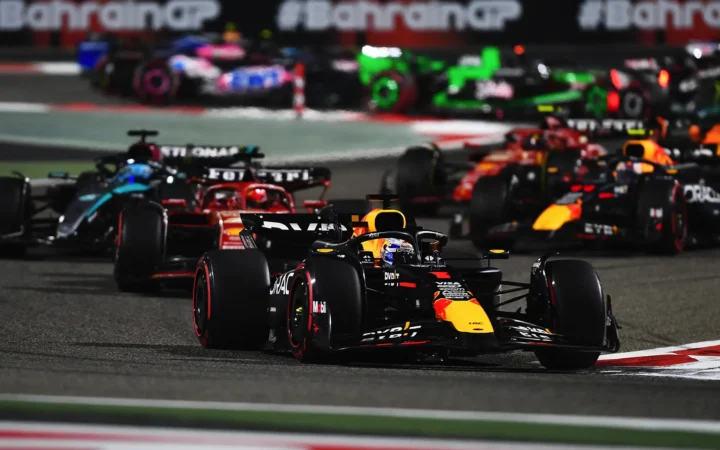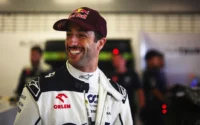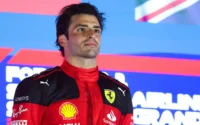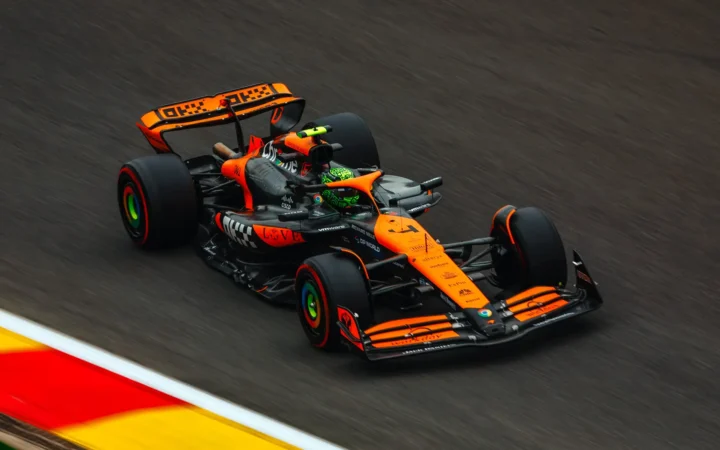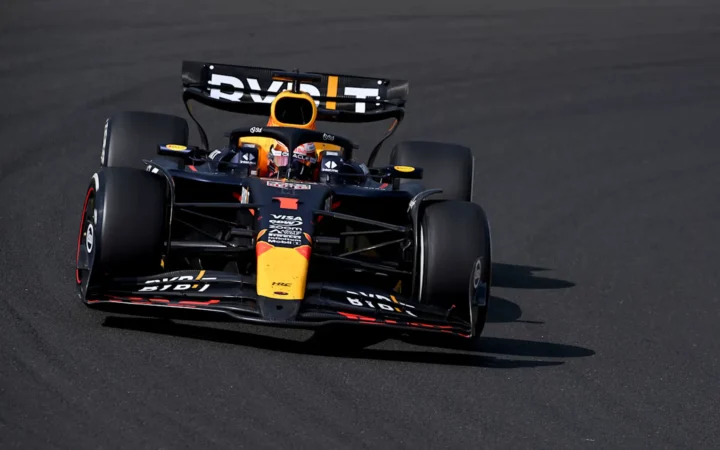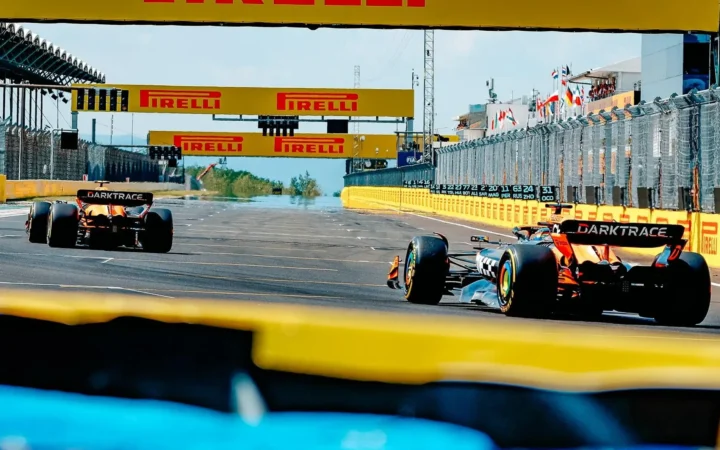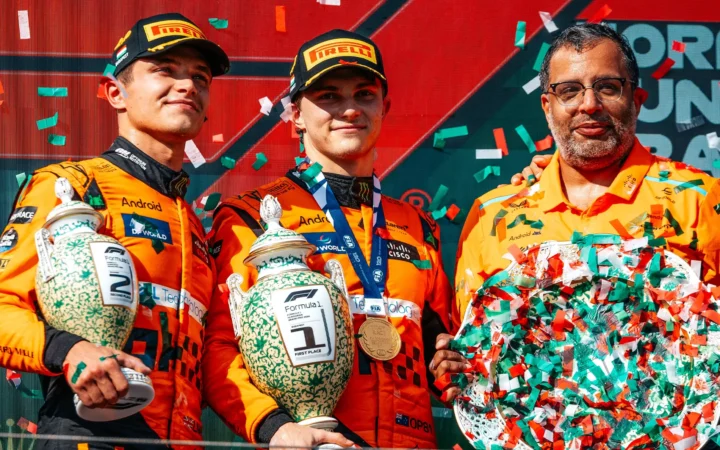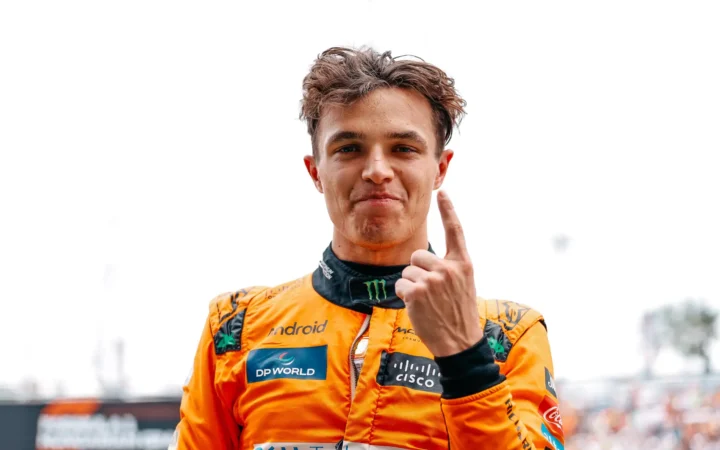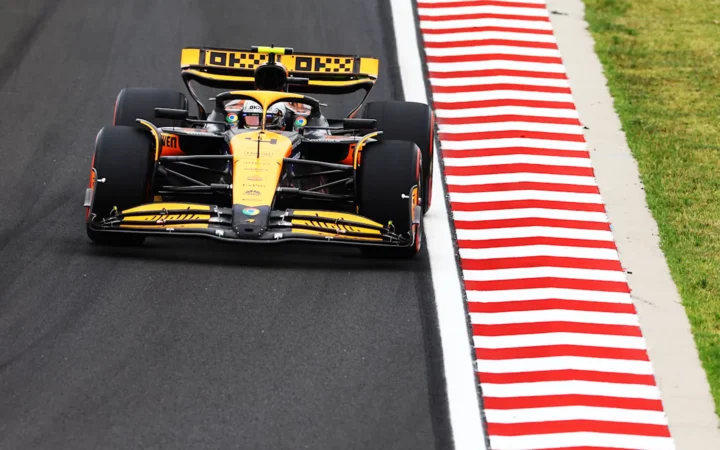Mohammed Ben Sulayem, the head of the FIA, is under scrutiny following accusations that he sought to prevent the certification of the Las Vegas Formula 1 track, jeopardising its readiness for the premiere event last year.
These allegations mark the second instance of controversy surrounding Ben Sulayem, coming to light after claims surfaced that he tried to influence the outcome of the 2023 Saudi Arabian Grand Prix.
Formula One History Recommends
According to the BBC, these new claims have been made by the same whistleblower and focus on the Las Vegas Grand Prix, which was held in November.
The whistleblower alleges they were tasked with ensuring the new Las Vegas circuit was deemed unsuitable for F1 racing at the request of the FIA president.
The motive behind Ben Sulayem’s purported efforts to disrupt the Las Vegas Grand Prix debut remains a mystery.
An FIA representative has responded to these allegations, speaking with the BBC: “From a sporting and safety perspective, the Las Vegas circuit approval followed FIA protocol in terms of inspection and certification.
“If you recall, there was a delay in the track being made available for inspection due to ongoing local organiser construction works.”
A report from the FIA’s compliance officer, outlining the accusation, has been submitted to its ethics committee for review.
The report notes: “[The manager}, who on behest of the FIA president instructed him to find some concerns to prevent the FIA from certifying the circuit before the weekend of the race”.
It adds: “The purpose was to find fault with the track in order to withhold the licence” and “asked to be more specific, [the whistleblower] said that issues on the circuit were meant to be artificially identified regardless of their actual existence, with the ultimate goal of withholding the licence.”
Following an evaluation, authorities approved the Las Vegas track, allowing the Grand Prix to proceed as planned.
However, during the event weekend, practice sessions faced significant interruptions when a loose drain cover severely damaged Carlos Sainz’s car. This incident resulted in the total destruction of his Ferrari’s chassis, leading to the cancellation of the first practice session (FP1) and a substantial delay in the second practice session (FP2).
In a move that sparked controversy, the second practice session was conducted so late that it was not viewable by the attending fans.
Seen in:




